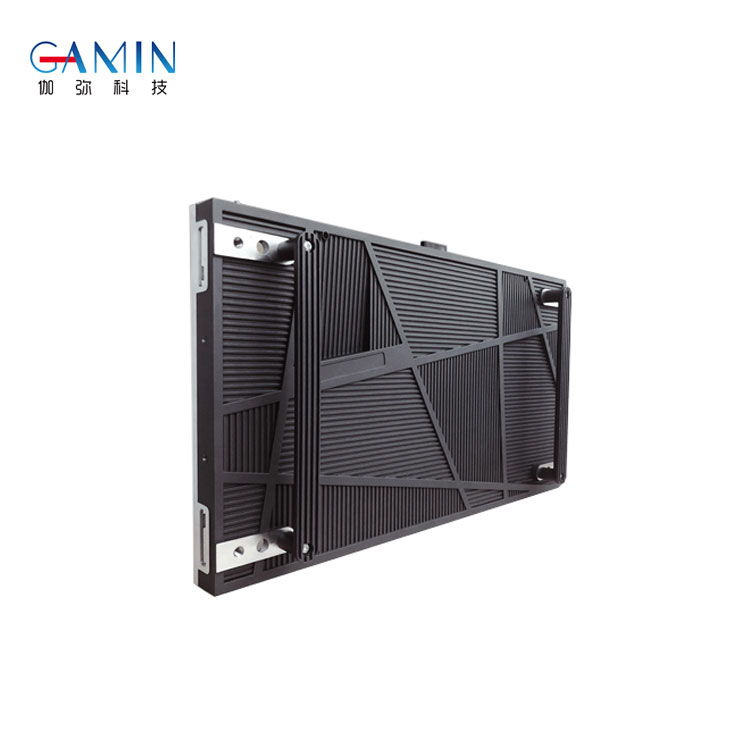- Español
- Português
- русский
- Français
- 日本語
- Deutsch
- tiếng Việt
- Italiano
- Nederlands
- ภาษาไทย
- Polski
- 한국어
- Svenska
- magyar
- Malay
- বাংলা ভাষার
- Dansk
- Suomi
- हिन्दी
- Pilipino
- Türkçe
- Gaeilge
- العربية
- Indonesia
- Norsk
- تمل
- český
- ελληνικά
- український
- Javanese
- فارسی
- தமிழ்
- తెలుగు
- नेपाली
- Burmese
- български
- ລາວ
- Latine
- Қазақша
- Euskal
- Azərbaycan
- Slovenský jazyk
- Македонски
- Lietuvos
- Eesti Keel
- Română
- Slovenski
- मराठी
- Srpski језик
Methods to Avoid Static Electricity Generated by LED Display
2022-02-22
Methods to avoid static electricity generated by LED display
Static electricity has always been a concern of electronic products. The same is true for the Led industry. The color, brightness and technical issues of the LED display have attracted much attention, but the disposal of static electricity in the display is easily overlooked. The electrostatic failure in the operating environment is more than 90%, which is a potential failure, which is manifested as a weakening of the circuit's ability to resist electrical overstress and a shortened service life.
The weather is monotonous and static electricity is frequently generated. In the process of LED display consumption, storage, installation and use, it is very easy to generate static electricity, and the problem of static electricity is a part that cannot be ignored. Once a bad result is formed, the impact on the life of the display may be fatal.
1. Grounding is to directly discharge static electricity to the ground through the wire connection. This is the most direct and effective method in anti-static measures. Regarding the method of grounding conductors, we require manual tools to be grounded and grounded to prevent static electricity. Belt, and work surface grounding, etc.
2. Suspend the training of electrostatic knowledge and related technologies for those who use electrostatic sensitive circuits.
3. Set up an anti-static work area, use anti-static floor, anti-static workbench, anti-static grounding lead and anti-static appliances in this area, and control the relative humidity above 40.
4. The hazards posed by static electricity to electronic equipment may be released anywhere from the manufacturer to the field equipment. Hazards are caused by insufficient, effective exercise and equipment control failure. LEDs are static-sensitive devices. The INGAN chip is often considered the "first" susceptible to interference.
5. Transportation and packaging; ESD sensitive equipment should be stored in anti-static bags or containers from time to time during operation. This includes storage, transportation and WIP of the detailed catalog. Transportation precautions include consumable fleets, boxes, or other equipment, such as conductive wheels or trailers, that are grounded when shipping ESD equipment.

Static electricity has always been a concern of electronic products. The same is true for the Led industry. The color, brightness and technical issues of the LED display have attracted much attention, but the disposal of static electricity in the display is easily overlooked. The electrostatic failure in the operating environment is more than 90%, which is a potential failure, which is manifested as a weakening of the circuit's ability to resist electrical overstress and a shortened service life.
The weather is monotonous and static electricity is frequently generated. In the process of LED display consumption, storage, installation and use, it is very easy to generate static electricity, and the problem of static electricity is a part that cannot be ignored. Once a bad result is formed, the impact on the life of the display may be fatal.
1. Grounding is to directly discharge static electricity to the ground through the wire connection. This is the most direct and effective method in anti-static measures. Regarding the method of grounding conductors, we require manual tools to be grounded and grounded to prevent static electricity. Belt, and work surface grounding, etc.
2. Suspend the training of electrostatic knowledge and related technologies for those who use electrostatic sensitive circuits.
3. Set up an anti-static work area, use anti-static floor, anti-static workbench, anti-static grounding lead and anti-static appliances in this area, and control the relative humidity above 40.
4. The hazards posed by static electricity to electronic equipment may be released anywhere from the manufacturer to the field equipment. Hazards are caused by insufficient, effective exercise and equipment control failure. LEDs are static-sensitive devices. The INGAN chip is often considered the "first" susceptible to interference.
5. Transportation and packaging; ESD sensitive equipment should be stored in anti-static bags or containers from time to time during operation. This includes storage, transportation and WIP of the detailed catalog. Transportation precautions include consumable fleets, boxes, or other equipment, such as conductive wheels or trailers, that are grounded when shipping ESD equipment.

Previous:The Advantages of LED Display


